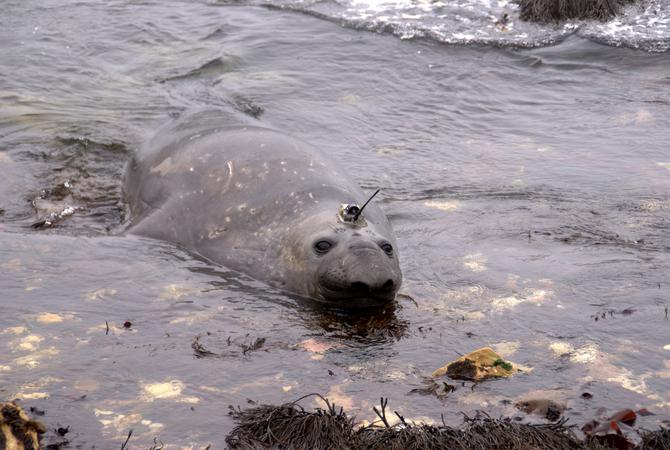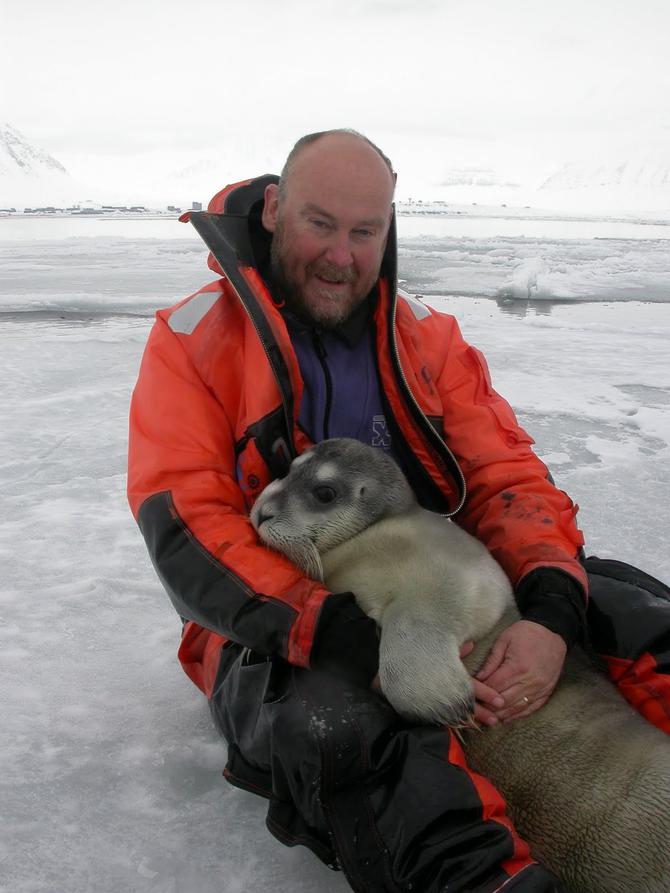“One of the things I love telling my students is no matter what David Attenborough says, Antarctica is not pristine. It’s been majorly messed with,” said Mark Hindell, Professor of marine science at the University of Tasmania in Australia.
Having tracked the feeding and breeding habits of thousands of animals in the Antarctic and the Southern Ocean, Professor Hindell’s focus is on figuring out which areas are most in need of preservation though government-sanctioned Marine Protected Areas (MPAs).
But cordoning off the most ecologically valuable parts of the ocean can be a controversial exercise, and researchers feel the pressure to ‘choose wisely’ when it comes to their recommendations.
There’s a lot of debate about the science that underpins where MPAs should be, be-cause they limit the amount of fishing that can be done there.
“It’s a highly politicised issue – especially when certain countries have active fisheries and don’t like to be restricted. You want to protect the best areas, and you want the management and policy decisions to be based on actual science.”
That’s why
Professor Hindell enlists the most important stakeholders of all to help him build his
case – the animals.
Working with tracking data from more than 4,000 penguins, seals, whales, birds, and other animals living in the Antarctic and Southern Ocean region, Professor Hindell and his team are making strategic recommendations based on the location of important feeding ‘hubs’ that would otherwise go unnoticed.
They’re now in the process of expanding their research to include marine animals from around the globe to pinpoint the richest ecological pockets in our oceans.

A seal fitted with a tracking device. Credit: Professor Mark Hindell.
It’s based on the quite logical notion that animals know where their food is.
“If you track a whole host of different species and overlay the maps, you can see where many different animals are aggregating, and where we need to be setting up MPAs.”
To understand the movements of Antarctic species, Professor Hindell collates all available data from tagged animals in the region, and he works with Australia’s Integrated Marine Observing System (IMOS) that, among other things, fits seals with specialised devices to record ocean temperature and sanity levels.
“All of the biologists working in the Southern Ocean region are involved, and the information can be fed into the ongoing debates about protected areas,” said Professor Hindell.

Mark Hindell with a seal pup. Credit: Professor Mark Hindell.
Head-counts with AI
Satellite images are another valuable resource, allowing Professor Hindell and his team to monitor penguin and seal populations from above.
Hindell is now working with machine-learning experts to develop artificial intelligence (AI) systems that can perform head-counts by the thousand – something that will soon be expanded into a global survey involving hundreds of researchers around the world.
It’s a combination of ecology and high-tech space science. Until now, we’ve had no way of understanding how many seals are out there—so it’s really exciting.
Not only is Professor Hindell’s work ensuring that his recommendations for MPAs are based on the best available scientific data – it’s also helping us solve the problem of how to monitor the coldest, most inhospitable parts of the planet during winter.
“We can’t get this data any other way, because in the Antarctic, we can’t send ships there in the winter – it’s just impossible. But if we use the animals, we can get the information in a completely different way,” Professor Hindell said.
“The Southern Ocean is really important in the world’s climate - it drives a lot of global ocean temperatures, evaporation levels, and storm activity - but there’s a major hole in the scientific data about what happens in winter.”
Along with the big questions about climate change that will soon become clearer as Professor Hindell continues to expand his survey, he has his sights set on answering what he calls “one of those ‘Holy Grail’ questions in Antarctic ecology” – How many krill-eating seals are there?
With countless animals – including humans – chasing after krill populations in the Southern Ocean, Professor Hindell said the key to keeping the food chain intact is figuring out who’s eating what, and how many millions of tonnes they’re devouring.
“By studying the predators that are relatively easy to access, we can understand the species we can’t study as easily,” he said.
